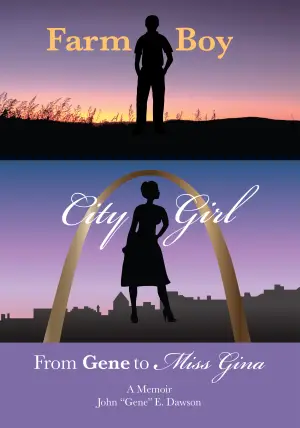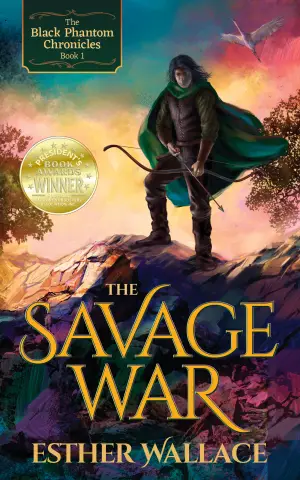Review of Enemy Feminisms: TERFs, Policewomen, and Girlbosses Against Progress by Sophie Lewis
When I first stumbled upon Enemy Feminisms by Sophie Lewis, I was immediately struck by its audacious title and bold promise. As someone who has long wrestled with the contradictions in feminist discourse, I found myself intrigued—and slightly apprehensive—about what could possibly lay within its pages. Would it tackle the uncomfortable alliances and moral hypocrisy I often encountered? Spoiler: it does, and it does so with a ferocity that left me both exhilarated and unsettled.
In Enemy Feminisms, Lewis navigates a tumultuous terrain where feminism intersect with imperialism, white supremacy, and fascism, shedding light on how certain feminist movements have allied themselves with the very systems of oppression they ostensibly oppose. This book isn’t a gentle critique; it’s an all-out call to arms, likened to Valerie Solanas’s SCUM Manifesto merged with Aimé Césaire’s Discourse on Colonialism. Lewis employs a sassy, sarcastic tone that works wonders in amplifying the absurdity of historical and contemporary feminist complicities.
A standout element for me was how Lewis dissects twelve forms of feminism that have partnered with reactionary forces—from policewomen to corporate girlbosses. The author doesn’t hesitate to rummage through history, exposing white women’s roles as moral crusaders and their complicity in colonialism, all while providing context that is as vital as it is inflammatory. Lewis evokes stories of figures like Mary Sheldon, whose humanitarian guise masked a brutal legacy of racial violence underwritten by colonial moralism. This genealogical approach takes a less-traveled road, one that is flighty and sometimes exasperating, yet undeniably engaging.
Lewis’s writing is intricate, weaving together historical anecdotes with sharp contemporary critiques. The pacing is brisk, almost frantic at times, reflecting the urgency of the messages at hand. Memorable lines leapt off the page, such as when she examines how fascism co-opts mass grievances—“it’s the socialism of fools”—reminding us how easily frustration can morph into dangerous ideologies. These insights forced me to confront the fragility of what I thought was a robust feminist framework.
Beyond social critique, Enemy Feminisms serves as a mirror held up to readers. It challenges us to reflect on our own beliefs and complicities, urging a reevaluation of who we deem allies in the broader struggle for social justice. The harsh realities that Lewis tackles—mutilation, white supremacy, and the systemic targeting of marginalized groups—add weight to her arguments and etched a lasting impression on my psyche.
This book is a challenging yet necessary read for anyone engaged in feminist discourse. Activists, scholars, and even casual readers will find nuggets of insight that compel deeper thought about the intersections of race, class, and gender. Enemy Feminisms doesn’t just ask us to reconsider our perspectives; it demands it, pushing us toward a more nuanced understanding of complicity in our feminist engagements.
In conclusion, reading Lewis’s work felt like a whirlwind tour through a controversial and often painful history. It left me grappling with discomfort while sparking a fierce curiosity about the narratives we often overlook or accept without critique. If you’re ready to confront the complexities of feminism head-on, this book will not just bolster your understanding; it may very well provoke the kind of passionate discourse that can bring about change.
Discover more about Enemy Feminisms: TERFs, Policewomen, and Girlbosses Aga… on GoodReads >>










